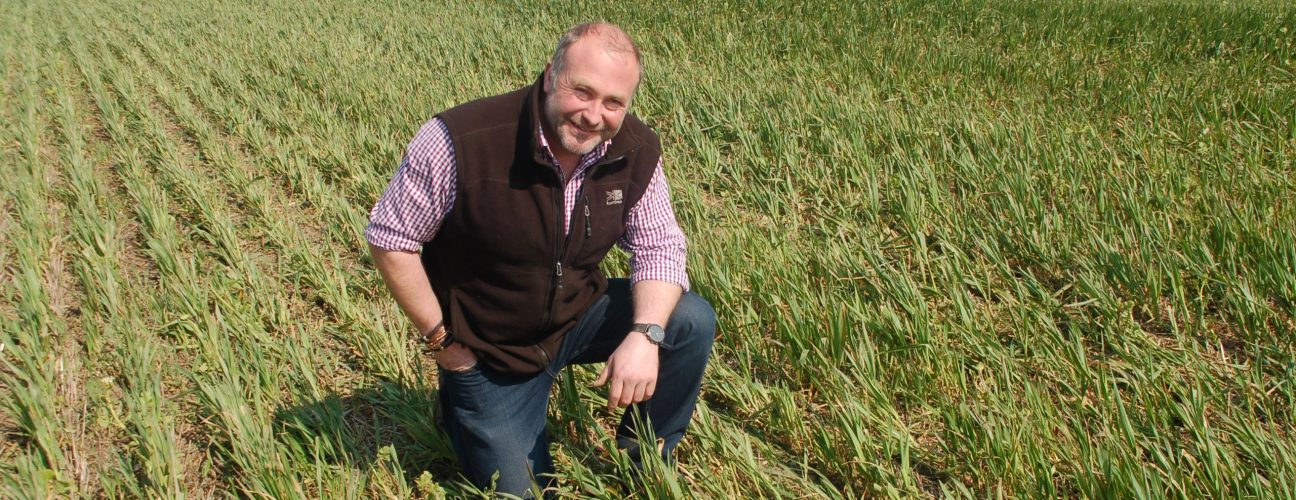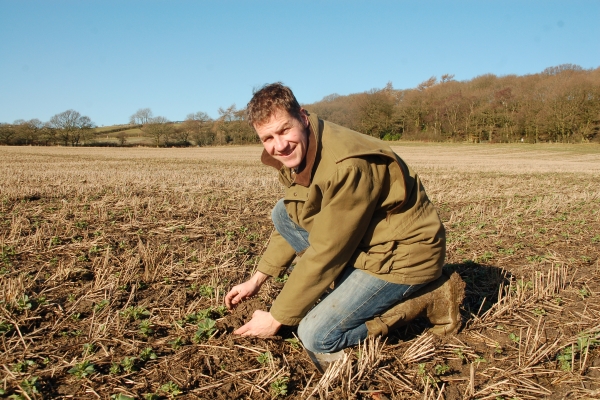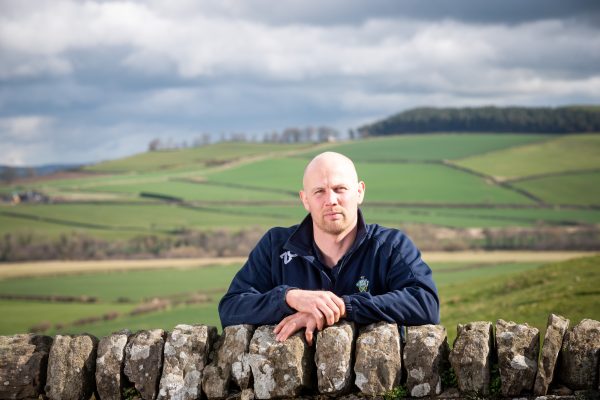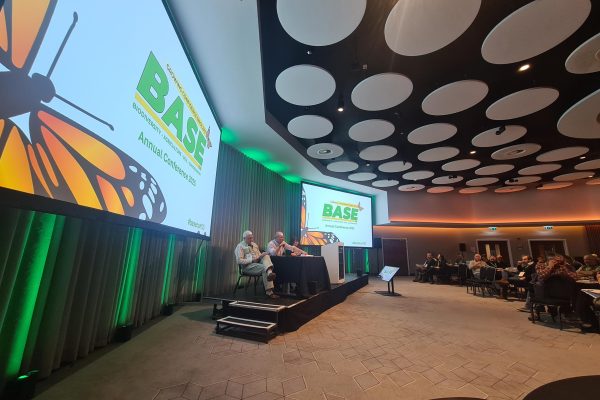Edwin Taylor
Durhamfield Farm, Shotley Bridge, Northumberland
I am a fifth-generation farmer and farm in south Northumberland in partnership with my father. Durhamfield farm is mainly arable (2,000 acres); the remaining 700 acres is permanent pasture (grassland), where we keep our suckler cows, and woodland. We have haulage and a commercial grain drying and storage facility on the farm.
The farm spans a triple SSI and we have a Higher Level Stewardship (HLS) agreement. Natural England wanted us to introduce a native breed to help manage the land, so we introduced Galloways and Belted Galloways about 15 years ago. We are now crossing dairy White Shorthorns with Galloways to give the Blue Grey (see below) and crossing the Blue Grey with the Angus to give cows that can be finished a bit earlier and calve a bit earlier – we currently have about 140 cows to calve.

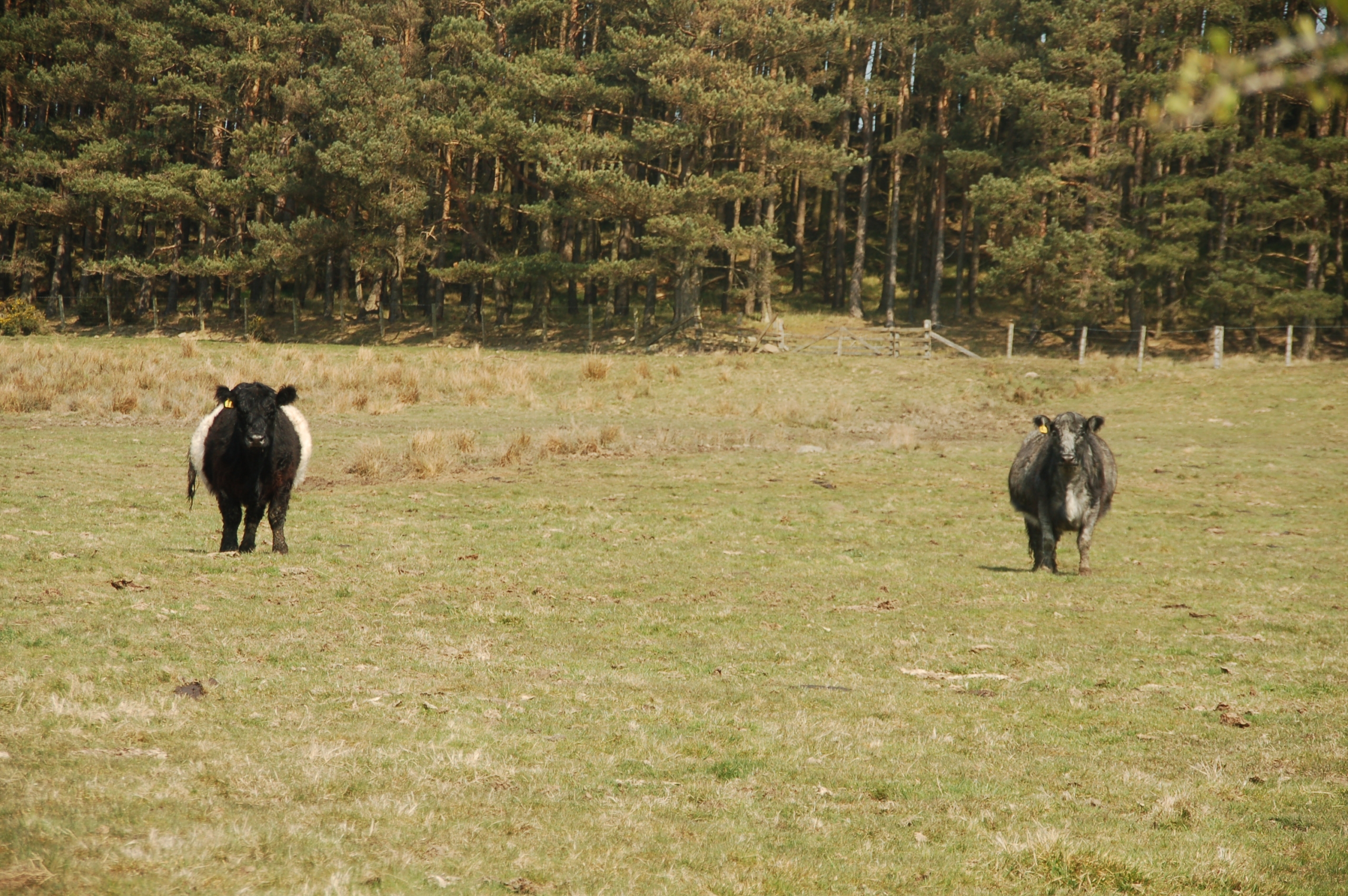
They graze year-round on a range of forage and calve independently. We are currently experimenting with mob grazing to improve grass growth (stimulating more native grasses such as rye) and productivity without using artificial fertilisers. We allow grazed grass to be rested for 60 days, the cows then come back to them in rotation, giving plenty of time for grass to bounce back. Keeping the cows moving has caused a noticeable difference in their temperament; they are much more placid. We finish stock or find the market for them – i.e. farm shops and butchers. We used to also have sheep but due to them being more labour intensive and fluctuating market prices, we decided to sell them off.
We originally had a 100% winter arable rotation of wheat, oilseed rape (OSR) and barley. Since we have become fully involved in conservation agriculture (over the last 8 years), our rotation has altered dramatically; it is now wheat, winter (w) OSR, and a reduced acreage of barley, and we have introduced more spring cropping and different breeds of crops. We now have winter beans, winter linseed, winter oats, spring (s) oats, spring beans / peas and OSR (Peola). We have introduced cover crops (i.e. radish) so that we never have any fallow land and no till 95% of the cropped area. Spring crops follow the cover crops which have followed the winter crops. Our original transition from a plough-based system to min till was cost driven. In 2002, we took advice from Steve Townsend and decided to stay with min till but went to shallower cultivations because of our soil type and started incorporating more straw into our system. We have been growing cover crops and carrying out direct drilling since 2002.
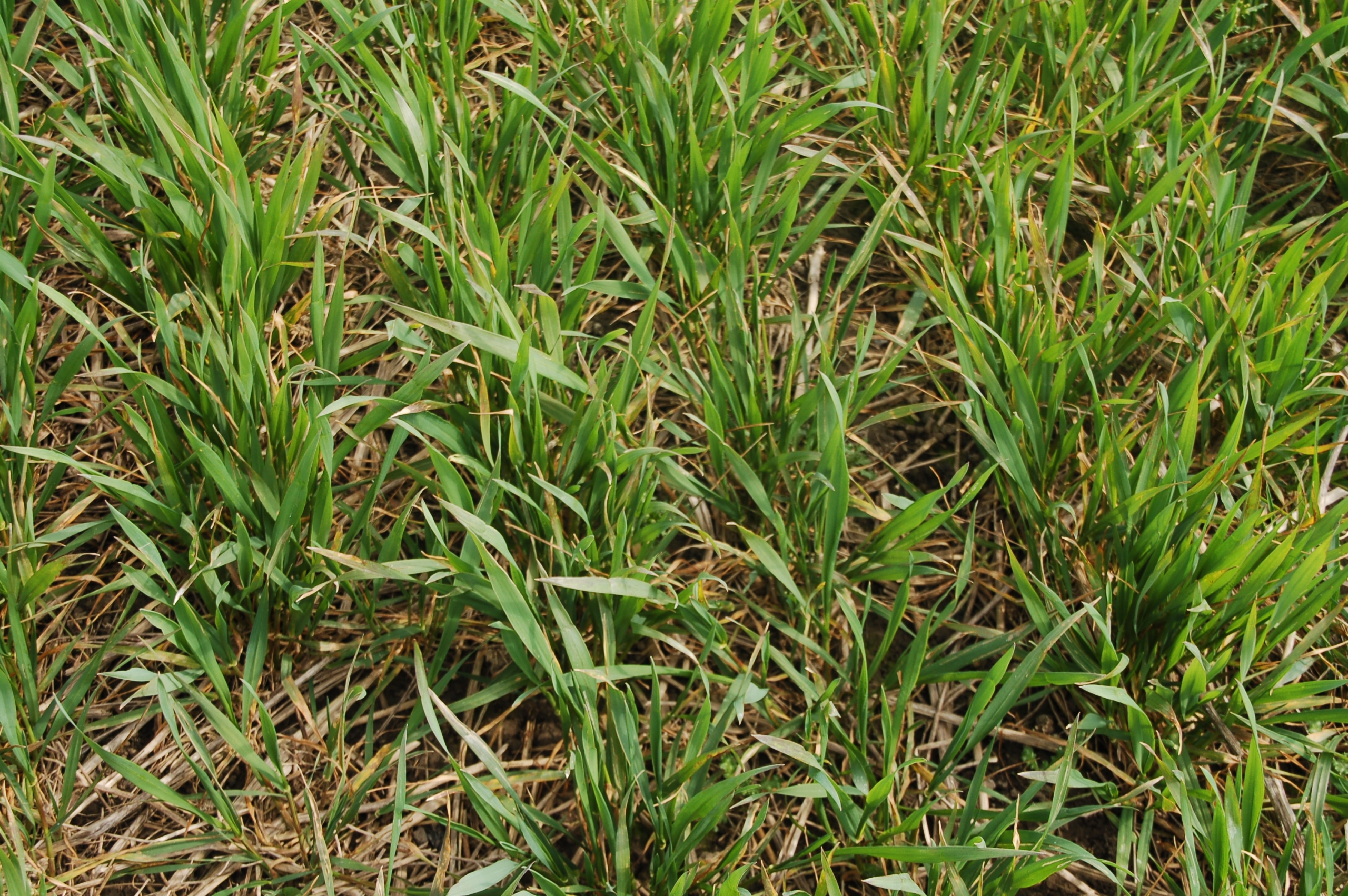
Wheat that had been drilled into winter oats

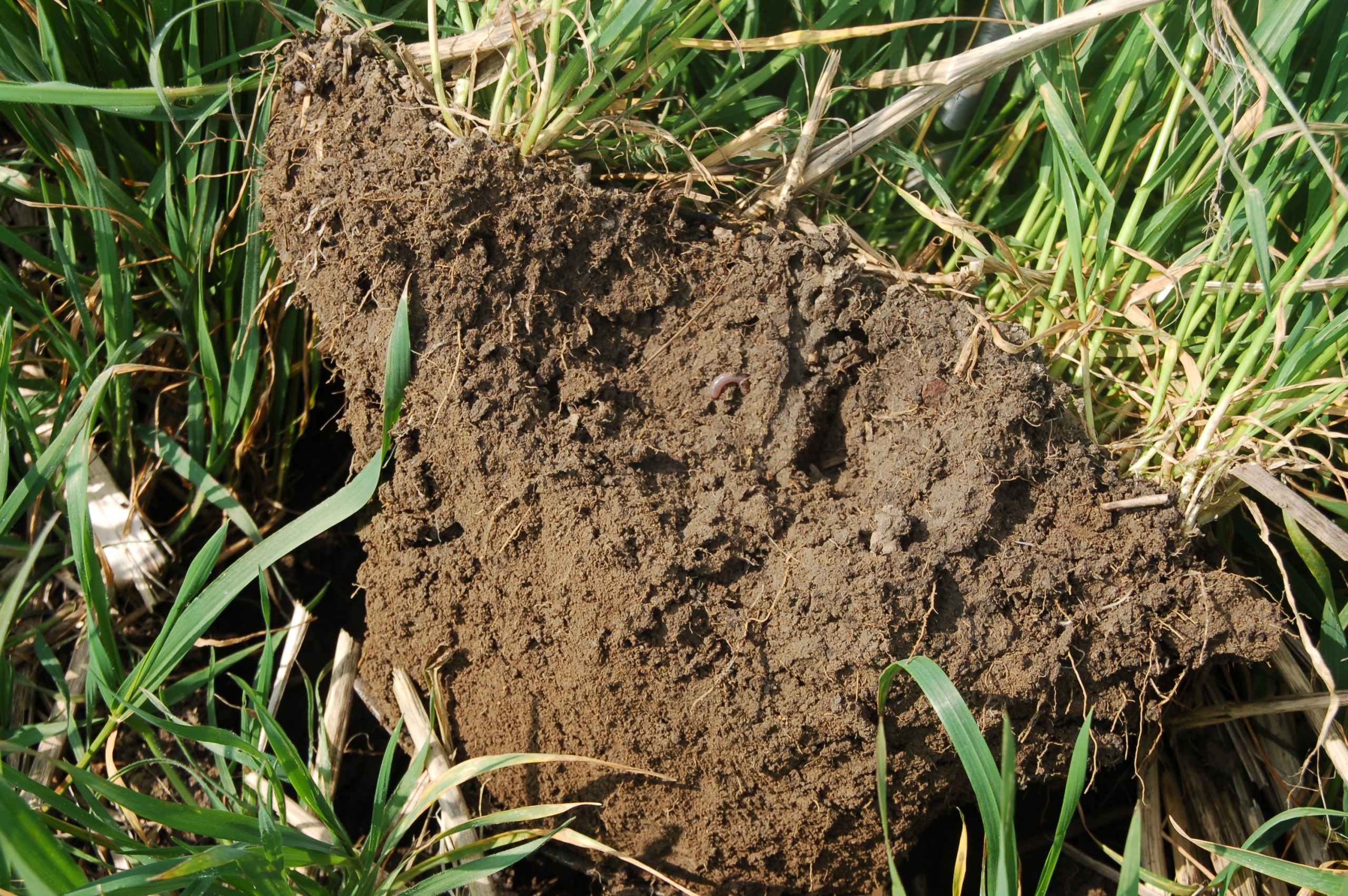
We market everything ourselves. The oats go to Quaker, the cereals supply the feed mills in the northwest, the beans are used for human consumption. Typical yields are as follows: Wheat – 3.4 tonnes to the acre (t/ac); OSR – 1.5-1.6 t/ac; w. barley – 3 t/ac; w. oats – 3.25 t/ac; w. beans – 2 t/ac; s. oats – 2.5 – 2.75 t/ac; s. beans 1.75 t/ac onwards.
I am Chairman of BASE UK (Biodiversity Agriculture Soil and the Environment) and am carrying out informal trials as part of BASE UK using a no-till rotation, direct drilling and carrying out bulk density and nitrogen tests, visually observing the physical differences in the soil. I have been working with BASE UK and Newcastle University on an Innovative Farmers field lab assessing how inputs (such as compost, paper-waste and gypsum) affect in-field variation of no-till soils. Find out more here and here.
I have also been working with Frontier conducting a trial of spring oat cover crops, (comparing cultivated soil and no till) and through this have had numerous soil tests carried out through NIAB.
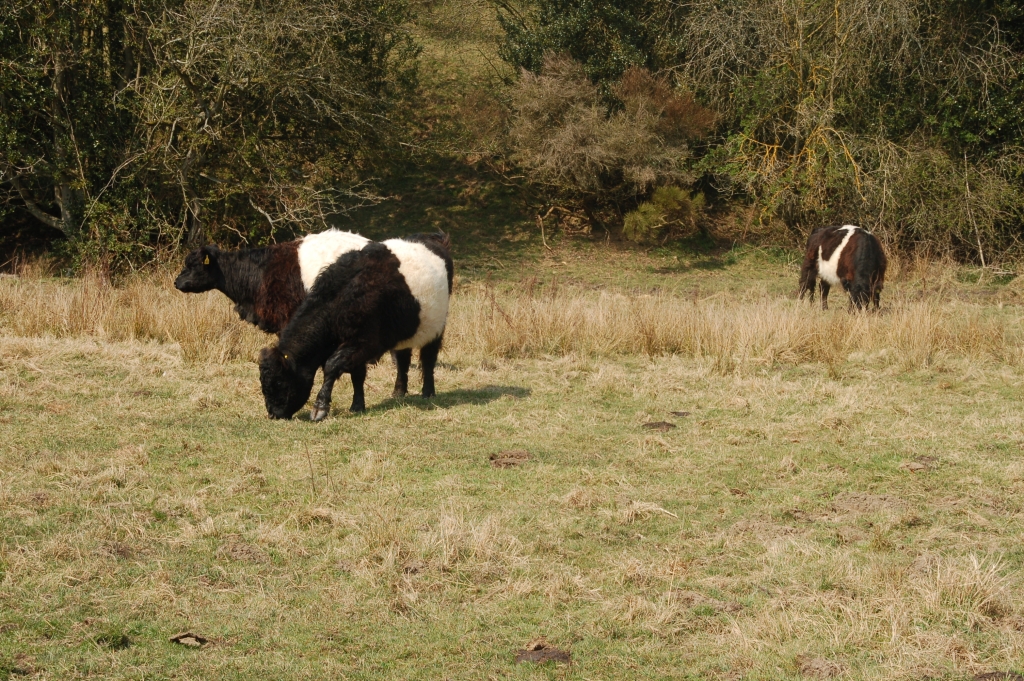
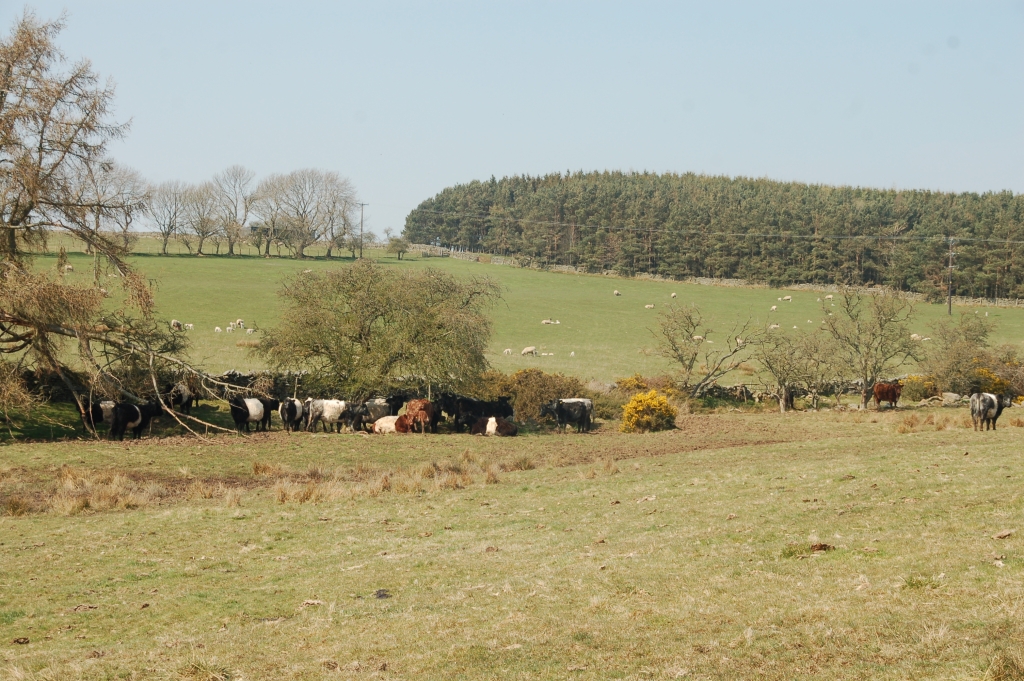
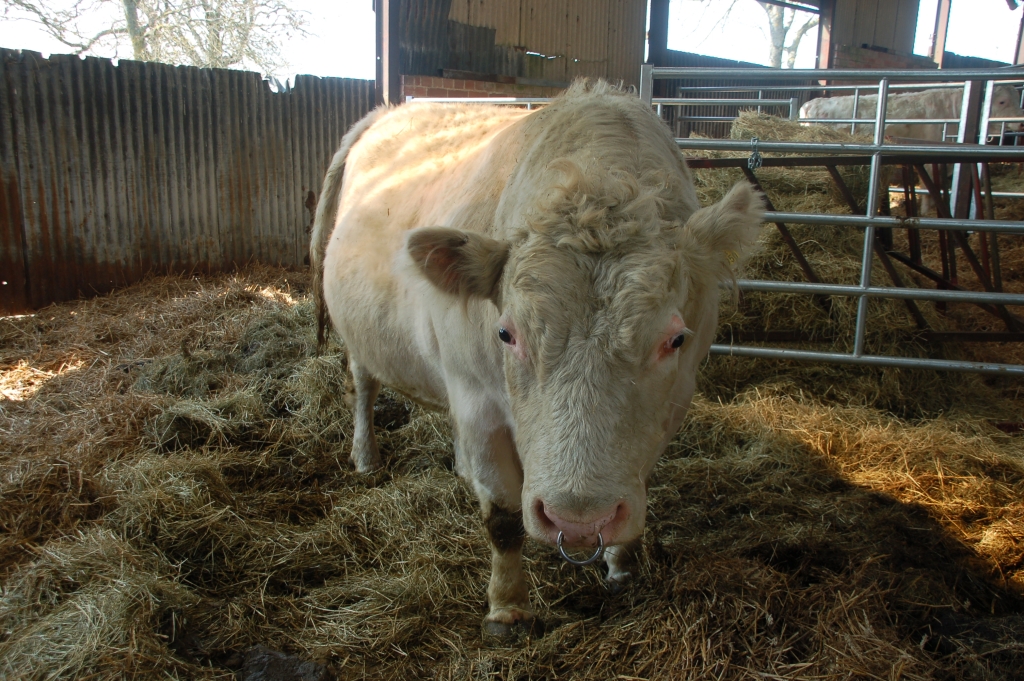



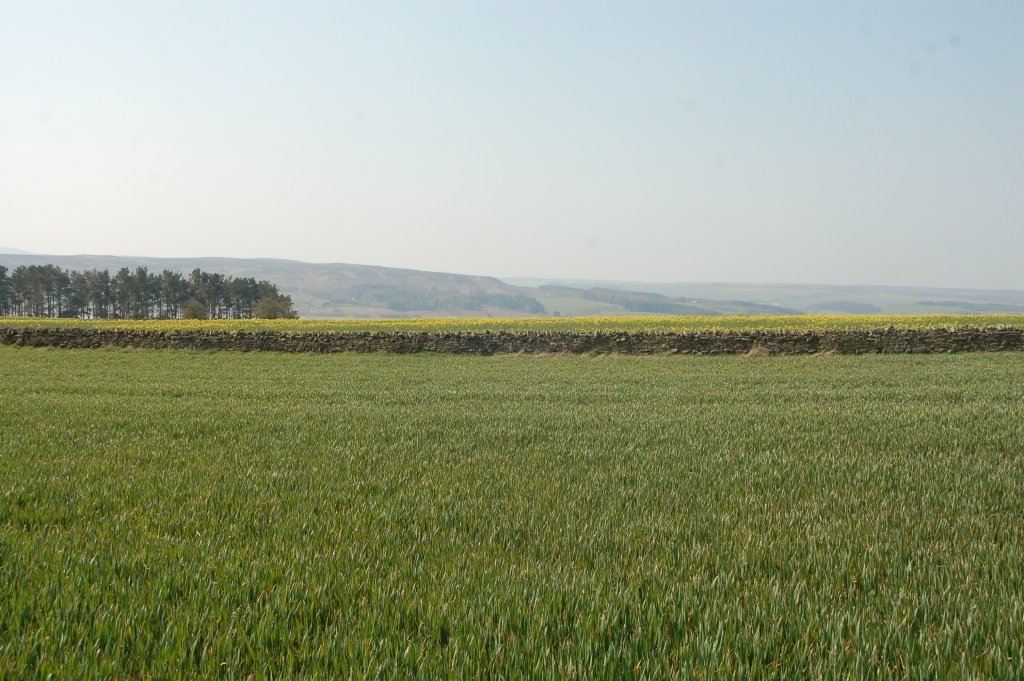

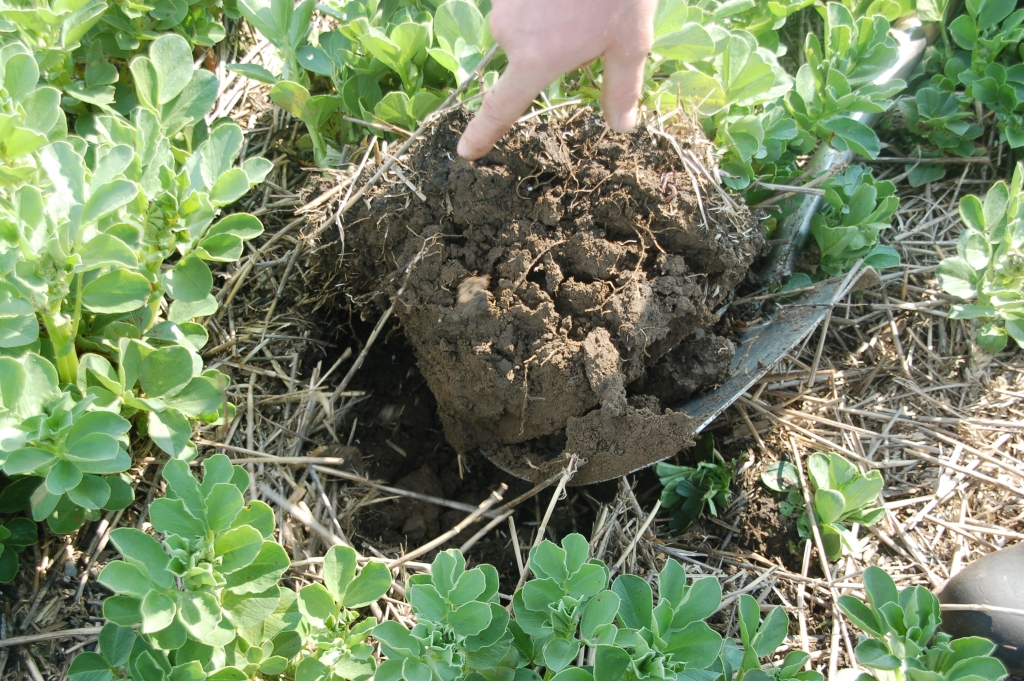
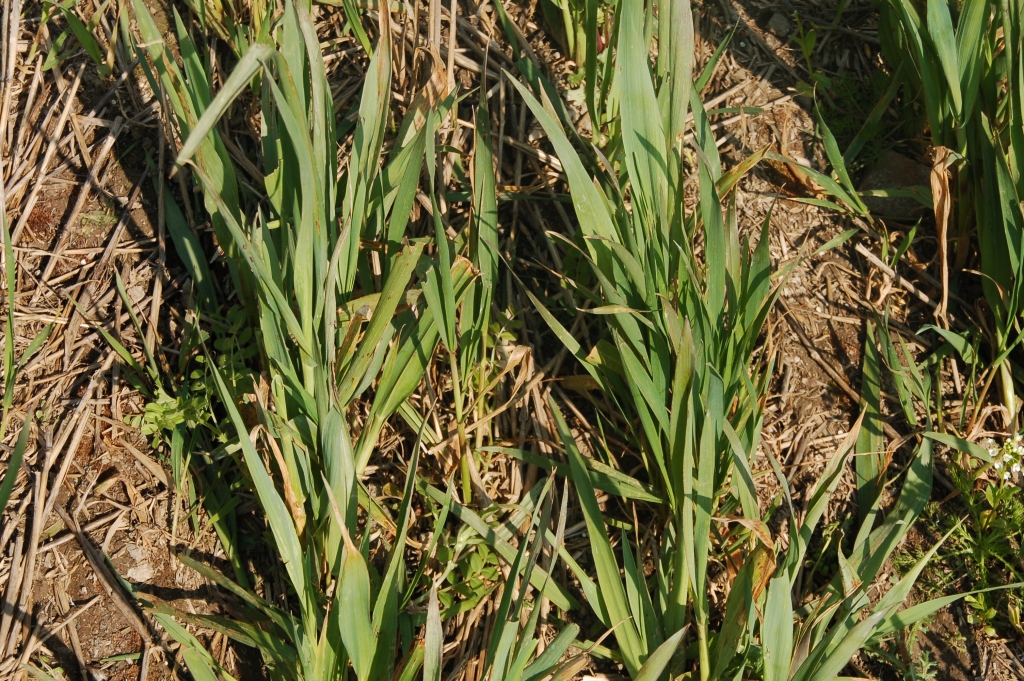

Sustainability in practice
Reducing inputs and improving soil health and biodiversity through a more diverse rotation, using cover crops, no till and direct drilling
Listen to Edwin talk about how he deploys conservation agriculture practices on the farm and some of the benefits and drawbacks he has experienced here:
Some key points
- Edwin has found the consistency of crop yield has improved since adopting min till practices.
- Involvement with BASE-UK (and contact with like-minded people) can give you the confidence you’re doing the right thing. It is really important to gain as much practical experience as possible, learning from others. For Edwin, BASE-UK has changed the way he farms and aspirations of how he wants to farm.
- Going down the conservation agriculture / no till route has involved very little capital cost from the start. Depreciation, fixed and variable costs have all gone down.
- Getting the soil right, consistency of the soil, and attention to detail are all important.
- Since adopting conservation agriculture practices, the soil on the farm has become more resilient to rain and quantities of rain. There has also been noticeable biodiversity benefits; with increases in ground-nesting birds and brown hares, and reducing pesticides will benefit important beneficial insects.
Mob grazing to improve productivity
Listen to Edwin talk about management of his beef stock here:
Some key points
- Edwin had been trying mob grazing largely to improve grass growth and productivity without using artificial fertilisers.
- The hope is that improving grass productivity of the old pastures will stimulate some of the more native grasses.
- It can be hard work! Fencing requirements, constantly moving the cattle and water supplies are a challenge.
All photos taken by Janie Caldbeck. All Rights Reserved
